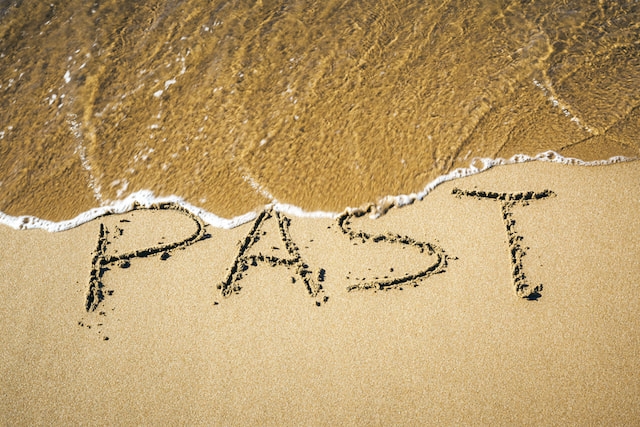Het arrangement Memories of childhood is gemaakt met Wikiwijs van Kennisnet. Wikiwijs is hét onderwijsplatform waar je leermiddelen zoekt, maakt en deelt.
- Auteur
- Laatst gewijzigd
- 02-02-2021 16:45:31
- Licentie
-
Dit lesmateriaal is gepubliceerd onder de Creative Commons Naamsvermelding 4.0 Internationale licentie. Dit houdt in dat je onder de voorwaarde van naamsvermelding vrij bent om:
- het werk te delen - te kopiëren, te verspreiden en door te geven via elk medium of bestandsformaat
- het werk te bewerken - te remixen, te veranderen en afgeleide werken te maken
- voor alle doeleinden, inclusief commerciële doeleinden.
Meer informatie over de CC Naamsvermelding 4.0 Internationale licentie.
Aanvullende informatie over dit lesmateriaal
Van dit lesmateriaal is de volgende aanvullende informatie beschikbaar:
- Toelichting
- Lesdoel: Aan het eind van de les zijn de leerlingen in staat om ervaringen uit hun jeugd te beschrijven. Vak: Engels Leerniveau: 3 Havo Type: zwakke en snelle leerlingen
- Eindgebruiker
- leerling/student
- Moeilijkheidsgraad
- gemiddeld
- Studiebelasting
- 4 uur 0 minuten
Bronnen
| Bron | Type |
|---|---|
|
People talking about their childhoodmemories http://<iframe width="683" height="384" src="https://www.youtube.com/embed/VgiCnU4MWVQ" frameborder="0" allow="accelerometer; autoplay; clipboard-write; encrypted-media; gyroscope; picture-in-picture" allowfullscreen></iframe> |
Link |
|
https://youtu.be/VgiCnU4MWVQ https://youtu.be/VgiCnU4MWVQ |
Video |
|
https://app.wizer.me/learn/0ZRAIF https://app.wizer.me/learn/0ZRAIF |
Video |
|
kennisclip past continuous https://youtu.be/bYuCa7lU1fI |
Video |



